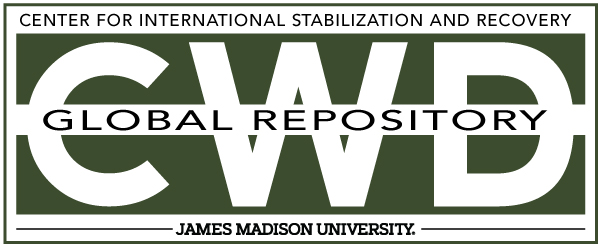Document Type
Other
Creative Commons License

This work is licensed under a Creative Commons Attribution-Noncommercial-No Derivative Works 4.0 License.
Publication Date
8-2019
Keywords
ERW Clearance, Croatia, Explosive Ordnance, EO, ERW, Cluster Munitions, Yugoslavia, Strategic Planning, Residual, Contamination
Abstract
Croatia is affected by explosive ordnance (EO) contamination that consists of mines and, to a lesser extent, explosive remnants of war (ERW), including cluster munition remnants, caused by the legacy of four years of armed conflict associated with the break-up of the former Socialist Federal Republic of Yugoslavia in the early 1990s.
This case study documents Croatia’s experience of developing national systems and capacities to address residual contamination and to identify and present good practices and lessons learnt. In addition, this case study highlights the importance of a participatory and transparent long-term strategic planning process, including a comprehensive and properly implemented exit strategy.
Included in
Defense and Security Studies Commons, Peace and Conflict Studies Commons, Public Policy Commons, Social Policy Commons



